
Scaling B2B (especially in industrial) is hard.
Cold Email/Call was my best sales method.
However, my second best, and far more powerful, is what I am going to show you below.
I have set this up for a few companies (not my own) and they have brought in 2-10mil in new business!
Cold Email/Call was my best sales method.
However, my second best, and far more powerful, is what I am going to show you below.
I have set this up for a few companies (not my own) and they have brought in 2-10mil in new business!
1. The premise: The current corporate buyer / decision-maker is increasingly from an internet / digital background.
Hence: The like to learn and research online BEFORE talking to anyone.
By the time they talk to you, they know what they want.
Hence: The like to learn and research online BEFORE talking to anyone.
By the time they talk to you, they know what they want.
2. The need: The current enterprise/seller needs to have data-backed approaches to dealing with buyers, and this need will increase year to year.
Generic conversations will have lower and lower conversion rates.
Generic conversations will have lower and lower conversion rates.
I am going to share below how I set this up for myself and a few others.
By the time you talk to a prospect, you'll know:
- their exact pain point
- what they want
- what they are most interested in with you
Your conversation will be data-backed, and very focused!
By the time you talk to a prospect, you'll know:
- their exact pain point
- what they want
- what they are most interested in with you
Your conversation will be data-backed, and very focused!
One more thing... this will take some work.
This is a lot of upfront work, but with heavy compounding returns on the back end.
You can use this for any type of lead gen, but should think of it as a LT strategy as the value increases the bigger and longer it exists.
Let's go!
This is a lot of upfront work, but with heavy compounding returns on the back end.
You can use this for any type of lead gen, but should think of it as a LT strategy as the value increases the bigger and longer it exists.
Let's go!
1. Build out your website
You need a website that has more than your basic logo, slogan, and generic statements.
What you need is one that is optimized for search engines.
This isn't hard at all, but most site owners still don't do it.
You need a website that has more than your basic logo, slogan, and generic statements.
What you need is one that is optimized for search engines.
This isn't hard at all, but most site owners still don't do it.

Make sure things like Title tags, meta descriptions, and images alts are all filled in to make the most of search engines for your home page.
2. Build out your ideal client, and let your home page speak to them.
Next, you need to turn your homepage into what I call problem alignment.
This is when you "come up alongside" your prospect in an "I understand, I have a plan" way.
Next, you need to turn your homepage into what I call problem alignment.
This is when you "come up alongside" your prospect in an "I understand, I have a plan" way.
3. Specific Pages
With an optimized site that speaks to your client, its time to add more specific pages. The goal is not to pile on facts and bullets on these pages, but instead build a page for each specific -capability
-resource
-service
-feature
-product
With an optimized site that speaks to your client, its time to add more specific pages. The goal is not to pile on facts and bullets on these pages, but instead build a page for each specific -capability
-resource
-service
-feature
-product
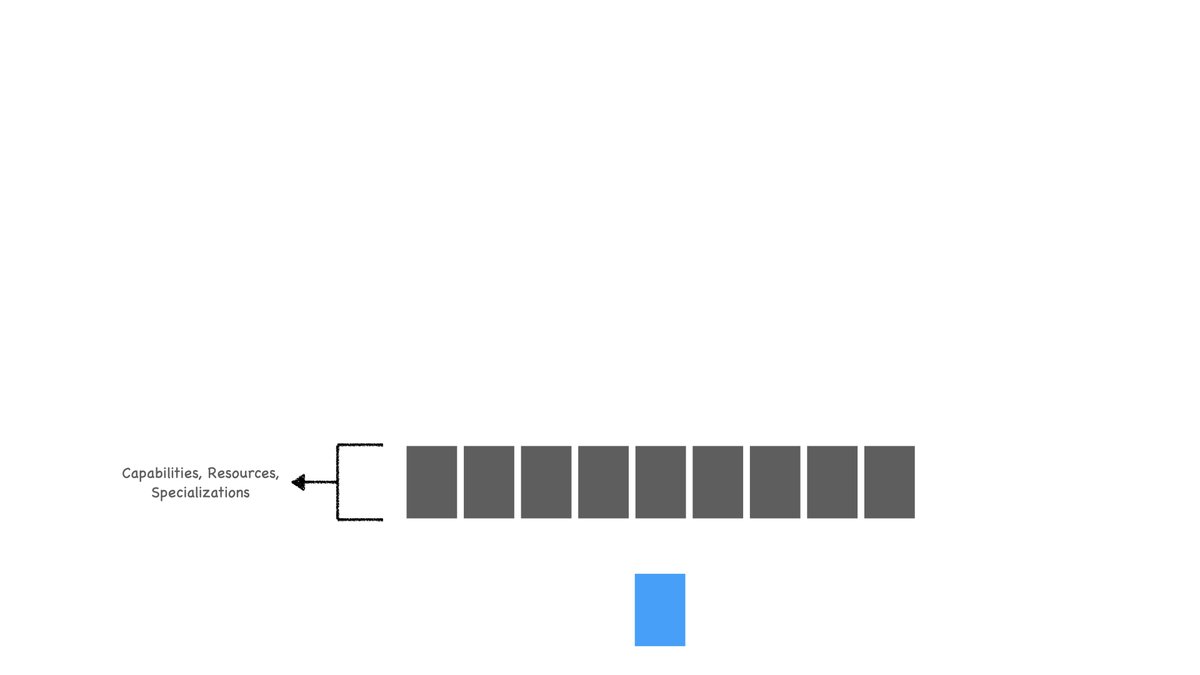
If you are a law firm, create a page for each area of low
If you are a software company, a page for each feature
If you are a machine shop, a page for each machine, for each material you use, a page for each type of production, etc.
If you are a software company, a page for each feature
If you are a machine shop, a page for each machine, for each material you use, a page for each type of production, etc.
The goal here is a wide flat structure for the site with detailed language and photos on the service.
4. Create a CTA in each specialty
In each specialty page, create a way to grab emails, possibly even multiple ones. These should be giveaways and information behind an email wall. The email field should not be visible, these are just buttons.
In each specialty page, create a way to grab emails, possibly even multiple ones. These should be giveaways and information behind an email wall. The email field should not be visible, these are just buttons.
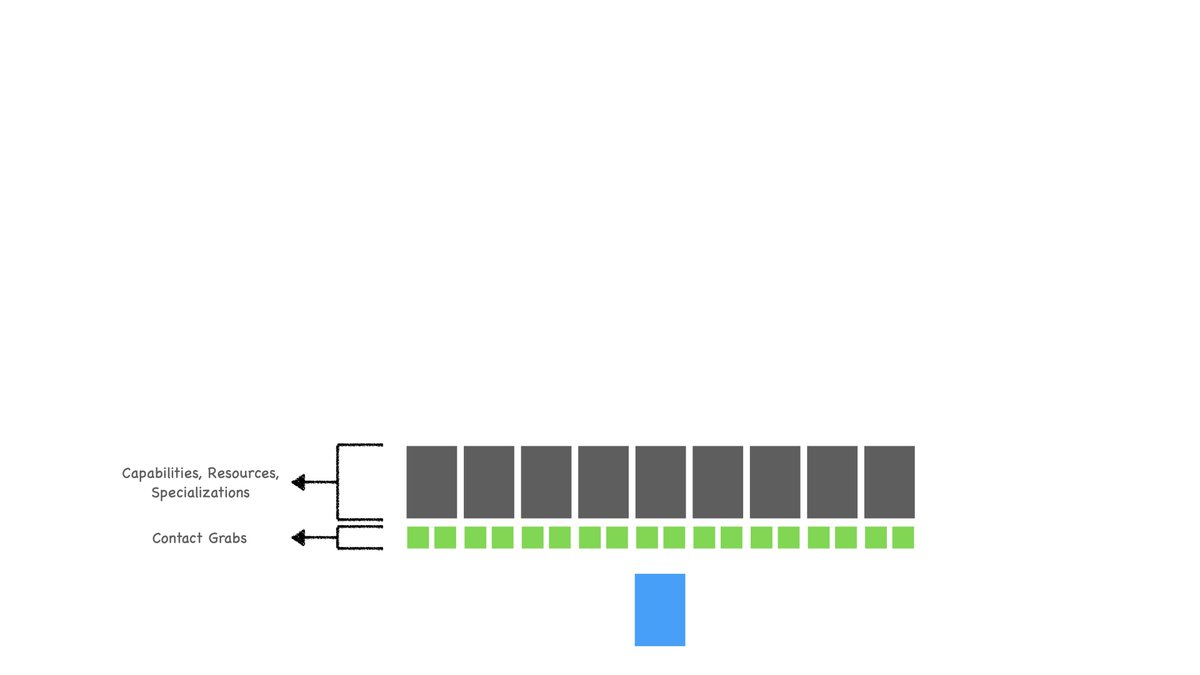
Your giveaways are
-Case Studies
-White Papers
-Service Lists
-Problem Solutions
-Templates
-Guides
-Lists
-videos
Or anything else that is related to the specialty page it is found on.
Your goal is to create many different ways to grab an email
-Case Studies
-White Papers
-Service Lists
-Problem Solutions
-Templates
-Guides
-Lists
-videos
Or anything else that is related to the specialty page it is found on.
Your goal is to create many different ways to grab an email
An alternative or additional method is to use something like Intercome or Drift to capture live communication.
In the same way, you want to know what page they are requesting contact from.
Even better is what resource got them to contact you!
In the same way, you want to know what page they are requesting contact from.
Even better is what resource got them to contact you!
5. Now we want to add action tracking to the website.
There are many types and you can find ways to use all of them.
-@mouseflow
-@CrazyEgg
-@fullstory
-@pendoio
-@heap
-@snowplowdata
etc
This will tell us what they looked at, how long, and how they traveled the site.
There are many types and you can find ways to use all of them.
-@mouseflow
-@CrazyEgg
-@fullstory
-@pendoio
-@heap
-@snowplowdata
etc
This will tell us what they looked at, how long, and how they traveled the site.
Once we connect this to step 4, for each email:
we start to get a very clear picture of what they are looking for,
where their priorities lie,
what they aren't interested in,
and where they were diving deeper for more clarity or answers.
we start to get a very clear picture of what they are looking for,
where their priorities lie,
what they aren't interested in,
and where they were diving deeper for more clarity or answers.
Once you see what you can track with some of these, you can get really creative in how your grab information.
Ex. We needed to build a new finance product at one point. We created 4 small pictures with a caption description of examples, but made it so you have to click to expand and see.
We had inherent voting by prospects based on clicks.
We had inherent voting by prospects based on clicks.
6. Leadpages
We now make leadpages for every painpoint we know of, and for each stage of the buyer journey.
Let's take a simple 3 stage approach
- awareness
- consideration
- conversion
We now make leadpages for every painpoint we know of, and for each stage of the buyer journey.
Let's take a simple 3 stage approach
- awareness
- consideration
- conversion
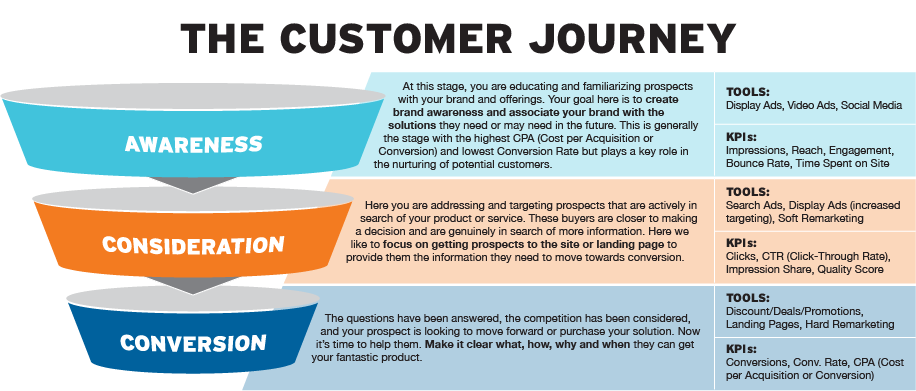
For each pain point (reason someone does business with you), you write a lead page for each stage.
3 pain points, 9 pages.
These one page, hyper focused pages are deep dives on very specific pains. You are talking with 1 specific person in mind.
Talk directly to them.
3 pain points, 9 pages.
These one page, hyper focused pages are deep dives on very specific pains. You are talking with 1 specific person in mind.
Talk directly to them.
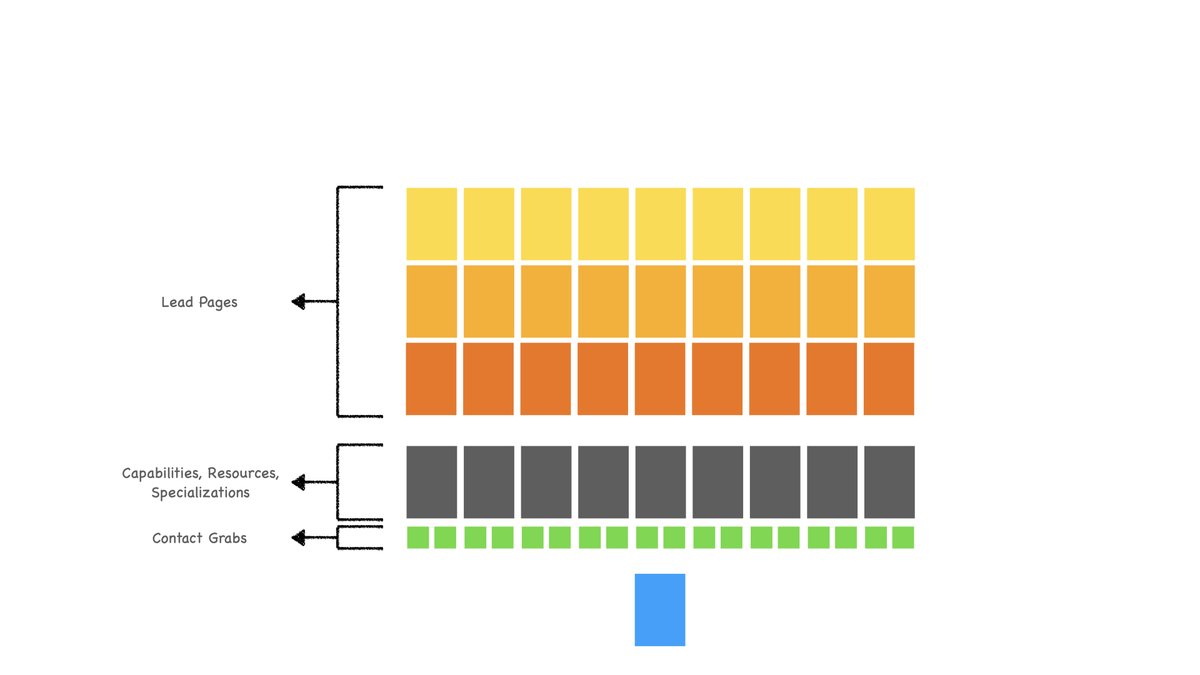
For awareness: educate and explain.
For consideration: benefits and comparisons.
For conversion: specifics, social proof, case studies, etc.
Each lead page links to a corresponding specialty page made earlier.
For consideration: benefits and comparisons.
For conversion: specifics, social proof, case studies, etc.
Each lead page links to a corresponding specialty page made earlier.
Advanced 6. Multiple versions
You can build multiple versions of each page/pain point to test wording and capture different nuances of the market.
This is very powerful.
You can build multiple versions of each page/pain point to test wording and capture different nuances of the market.
This is very powerful.
You can also, using keyword research, find words or phrases a small number of people are searching for, and target them specifically.
These "long tail" words aren't interesting enough for most people, so you can grab these with hyper-specific lead pages.
These "long tail" words aren't interesting enough for most people, so you can grab these with hyper-specific lead pages.
You'll need to track which lead page brings each prospect to your site.
This will in turn further fill in the picture of what they are looking for, and what they are experiencing....
Even where in the journey they are!
This will in turn further fill in the picture of what they are looking for, and what they are experiencing....
Even where in the journey they are!
7. Drive Traffic
You'll now create a series of statements that either
- summarize your service, products, offering
- summarize your benefits
- describe the outcome (transformed state of a customer)
- state your unique value proposition
- describe specific pain points
You'll now create a series of statements that either
- summarize your service, products, offering
- summarize your benefits
- describe the outcome (transformed state of a customer)
- state your unique value proposition
- describe specific pain points
Boiling these all down to 1 or 2 sentences will allow you to use them as ad copy on various platforms. Your goal is not to connect them all to the site, but rather match with the appropriate lead page.
This is why build this backward toward the ad!
This is why build this backward toward the ad!
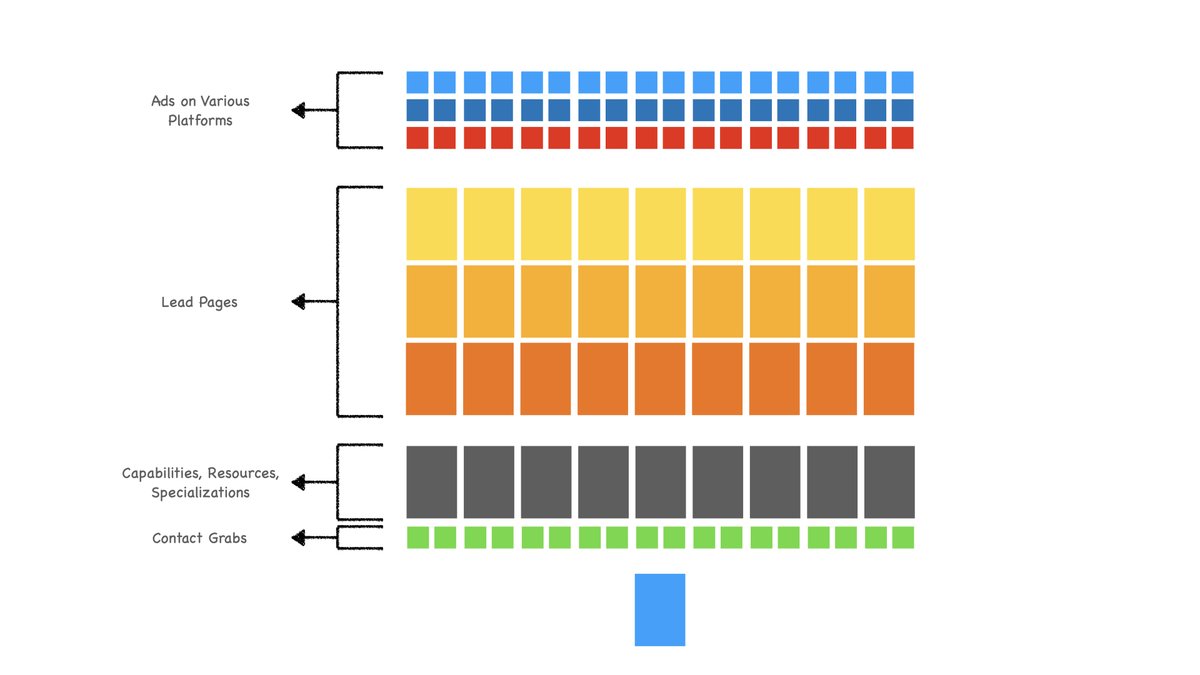
8. Segment
Using different audience segments (as much as the platform will allow) for different ads will give further information on prospects.
Create 3 ads for same pain point, but 3-4 customer profiles.
ID them uniquely, and track the journey.
Using different audience segments (as much as the platform will allow) for different ads will give further information on prospects.
Create 3 ads for same pain point, but 3-4 customer profiles.
ID them uniquely, and track the journey.
9. Content Strategy
Finally, you will go back to your site, create a blog, and use start targetting hyper specific searches and pain points.
Great tools to find what content your competition is getting users from, what ads are successful, etc is @ahrefs.
Finally, you will go back to your site, create a blog, and use start targetting hyper specific searches and pain points.
Great tools to find what content your competition is getting users from, what ads are successful, etc is @ahrefs.
You can also see what people content people are sharing related to your business or industry using @BuzzSumo, and then
- create better content,
- send it to them,
- and possibly yours will get shared.
- create better content,
- send it to them,
- and possibly yours will get shared.
The above process is an amazing tool to build out because
1. It drives traffic
2. It gives real-time feedback from potential customers
3. It drives future innovation
4. It gives data-backed ideation and validation
1. It drives traffic
2. It gives real-time feedback from potential customers
3. It drives future innovation
4. It gives data-backed ideation and validation
Want to learn more about
- smb operations
- systems and process
- automation
- code & nocode builds for smb
Then follow
@joshuamschultz
- smb operations
- systems and process
- automation
- code & nocode builds for smb
Then follow
@joshuamschultz
In Summary
- Buyers do more research pre conversation
- Sellers need more personalized conversations, and to be data-backed.
- Build a system (like above) for knowing your prospects' needs, pains, and desires - before you ever talk to them.
- Buyers do more research pre conversation
- Sellers need more personalized conversations, and to be data-backed.
- Build a system (like above) for knowing your prospects' needs, pains, and desires - before you ever talk to them.
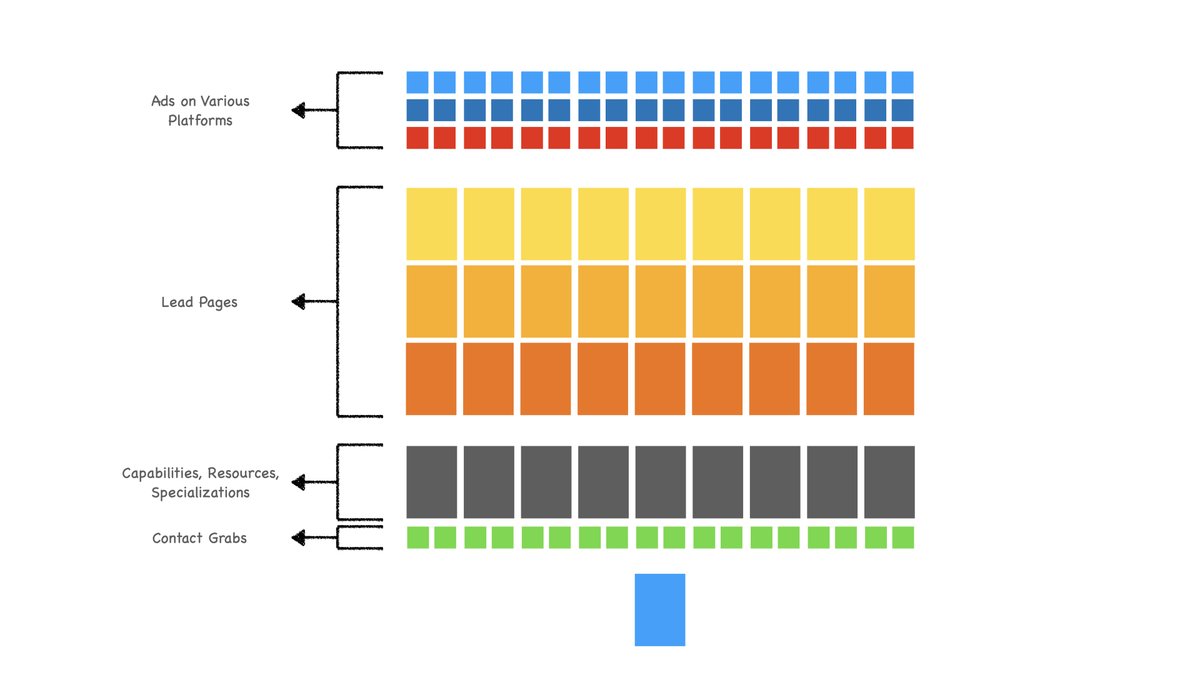
• • •
Missing some Tweet in this thread? You can try to
force a refresh



